Imagine a world where factories run smoothly without a single human touch, each machine working with pinpoint precision. This is no fantasy—it's happening right now.
With global industries craving efficiency, factory automation tools have become a lifeline. From cost reduction to heightened productivity, this trend is more critical than ever.
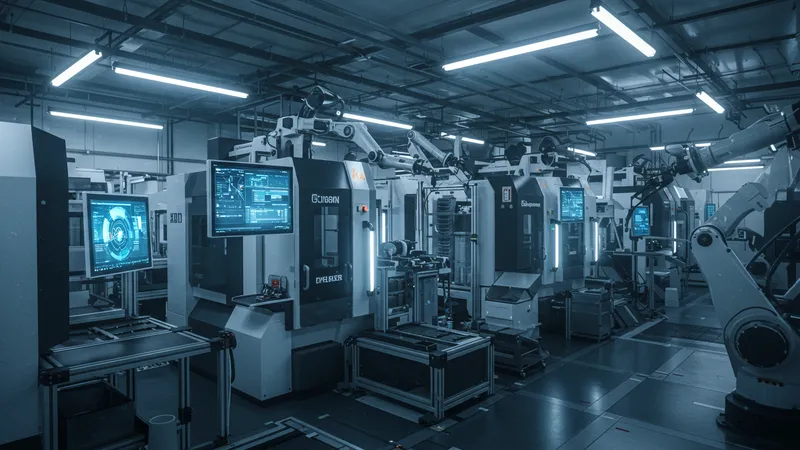
Believe it or not, the leap from human-operated factories to fully automated ones wasn't even predicted a decade ago. The integration of AI and machine learning has massively accelerated the pace of automation. And now, companies not using these technologies are considered dinosaurs. But that's not even the wildest part…
What if I told you that some of the most advanced automated factories don't just outperform human workers in speed and precision, but they are also surpassing them in decision-making? Yes, the machines are now learning and re-strategizing, revolutionizing factory management forever. But this shift is not without its controversies and pitfalls…
What happens next shocked even the experts… Are you ready to dive deeper into the future of manufacturing and discover the startling truths that no one is talking about? Stick around, because what you uncover may redefine your understanding of progress.
The silent revolution of AI in factories is not only about machines working faster but about them working smarter. Imagine a scenario where robots can predict equipment failures ahead of time, saving companies millions. This is the new frontier of factory automation, powered by complex algorithms that can predict issues before they arise. Yet, this is just scratching the surface.
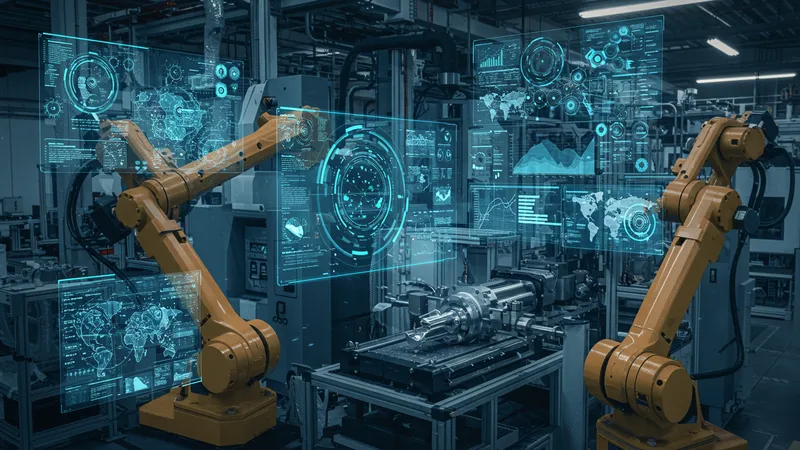
In today’s competitive landscape, companies embracing AI aren't just surviving; they're thriving. A recent study showed a 20% increase in production efficiency in AI-adopted factories. Notably, this technological jump allows manufacturers to stay agile in the face of ever-changing market demands. But there’s one more twist...
The data gathered by these AI systems is not only transforming how factories operate but also how decisions are made at the executive level. Machine-generated insights are influencing boardroom decisions, sometimes replacing the need for human intuition altogether. But is this a step too far? The implications are profound.
What you read next might change how you see this forever. Because, as AI continues to evolve, it might not just revolutionize manufacturing but potentially redefine the very nature of work itself. The line between human and machine capabilities blurs further with each passing day.
Robotics in automation is more than just a futuristic vision; it's a present-day reality. These mechanical workforces can operate 24/7 without missing a beat, eclipsing human workers in stamina and efficiency. One factory reports a 40% boost in output after integrating robotics. But why is this surge happening now?
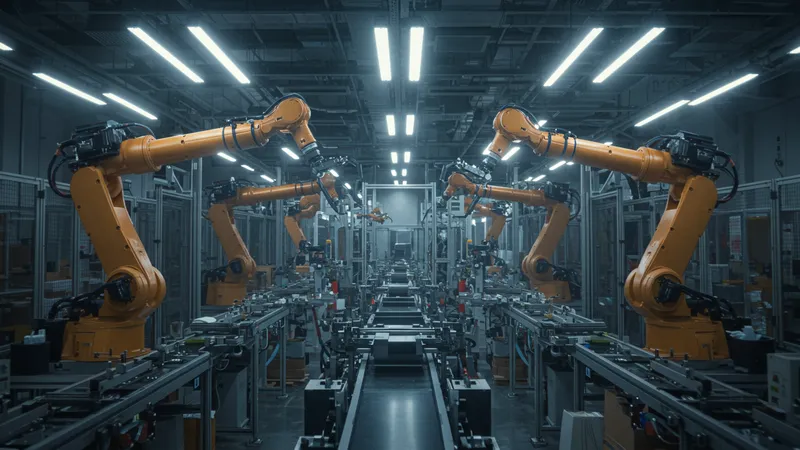
As labor shortages grow and human workers demand better conditions, robotics offers a compelling alternative. Machines don’t need breaks, don’t organize strikes, and your only hire cost is the initial purchase and maintenance. What's even more impressive, these next-gen robots are designed to adapt across various sectors from textile to automotive.
Another compelling advantage is customization. Robots can now be tailored to specific factory needs, like producing complex machinery parts at a fraction of the traditional cost. As this technology becomes more accessible, even small to mid-size businesses are joining the robotic revolution.
But imagine this: a future where robots and humans collaborate, enhancing each other’s capabilities beyond our wildest dreams. This partnership may not be as far off as we think. Are we witnessing the birth of a new era in manufacturing or teetering on the edge of over-reliance? The answer isn't clear yet, but one thing is for sure: the factory floor will never be the same.
Digital twins are revolutionizing the industry in a way that doesn’t just tweak efficiency—it redefines it. By creating a virtual replica of physical assets, processes, or systems, companies are now able to simulate and optimize production lines without disruptive testing. This technology is making waves, with early adopters reporting a double-digit productivity increase almost overnight.

What makes digital twins a hot topic is their unprecedented ability to provide analytical insights. Factories utilizing this tech can identify areas for improvement that would have otherwise been invisible. Imagine pre-empting issues that would have cost millions if left undetected.
A significant benefit is in predictive maintenance. While traditional approaches react after a failure, digital twins foresee disruptions, and solutions are preemptively fine-tuned, saving time and resources. This approach not only avoids costly downtime but also extends machinery longevity, something unheard of in traditional factories.
Yet, the question remains: as digital replicas become commonplace, are businesses becoming too reliant on technology that could temporarily cripple operations if it fails? The answer might surprise you, as we delve deeper. Keep reading, and prepare to view manufacturing in a new light.
While factory automation screams efficiency and progress, it’s not without its often-overlooked costs. Upfront investments for cutting-edge equipment and software are tolerable for larger enterprises, but smaller factories may find it financially daunting. What’s more, maintenance and software updates can impose an ongoing financial burden.
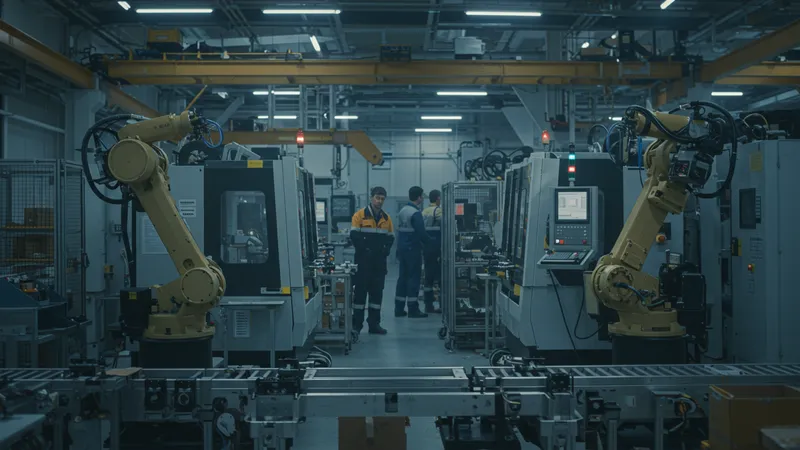
There’s also the human cost to consider. With increased automation, job displacement for low-skilled workers is a growing concern, leading to economic shifts that ripple beyond the factory walls. Yet, could this push have unseen benefits?
The balance between human labor and machines raises questions about workforce dynamics. As automation takes a firmer grip, companies are tasked with retraining staff to work alongside machines rather than be replaced by them. It’s a delicate balance that’s not easy to achieve, yet it's essential for sustainable growth.
Ultimately, while the initial costs and potential pitfalls are significant, are they enough to halt the momentum towards a totally automated industry? Or is this a temporary phase before a perfect equilibrium is struck? The journey is only beginning, and the path ahead promises even more complexities. Keep reading to find out what's next in this unfolding saga.
As factories become more connected, they also become more vulnerable to cybersecurity threats. Enabled by IoT and remote access technologies, the same networks that increase efficiency also create entry points for malicious attacks, potentially jeopardizing entire production lines.
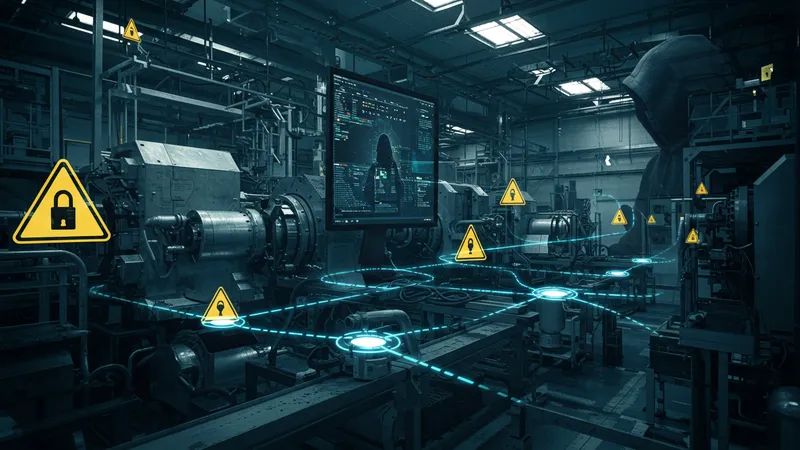
Interestingly, studies have shown that 60% of factories have already experienced some form of cyber incident in the past five years, often resulting in unauthorized access or operational shutdowns. Yet, companies continue to amplify their online presence, driven by the benefits that such integration offers.
As reliance on these technologies grows, so should the emphasis on robust security solutions. From firewalls to encryption, these defensive measures are technology's real unsung heroes, safeguarding against disruptions that could cripple operations.
But there's more at stake than just operational downtime. Could a more severe incident solidify the fear of automation security, potentially slowing down the progress we're so eager to achieve? The full impact of this remains to be seen but stay tuned as we delve further into this potentially precarious partnership between technology and industry.
While automation has streamlined productivity, its environmental footprint is under intense scrutiny. Critics argue that increased energy consumption from machines undermines eco-friendly efforts. However, new technological advances aim to nullify these concerns.
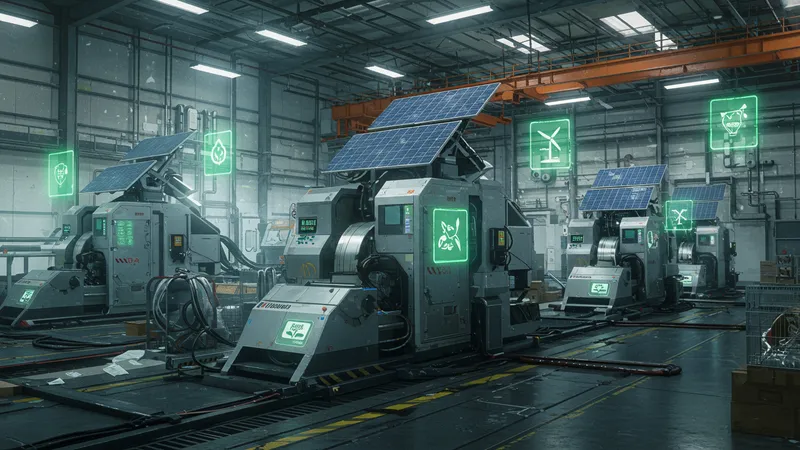
Green automation tools, designed for energy efficiency, are becoming popular. They optimize resource use, cut down waste, and even harness renewable energy sources to reduce the overall carbon footprint. Some innovations even involve machines that repurpose industrial waste for other uses.
Industries investing in such technologies report reduced energy bills and an improved corporate reputation—an increasingly crucial factor as consumers grow eco-conscious. But is this enough to drive widescale adoption?
The shift towards green automation encourages collaboration between industries to innovate toward sustainability. Still, the question lingers: Will the race towards full automation come at a greater environmental cost, or is this the dawn of a sustainable industrial revolution? Delve deeper to uncover how green factories are reshaping the narrative.
As the machines take up more roles in production, what's left for humans? While some foresee a bleak future for employment, others see a new dawn of opportunity. There’s a rising demand for skillsets that can manage, configure, and improve automated systems.
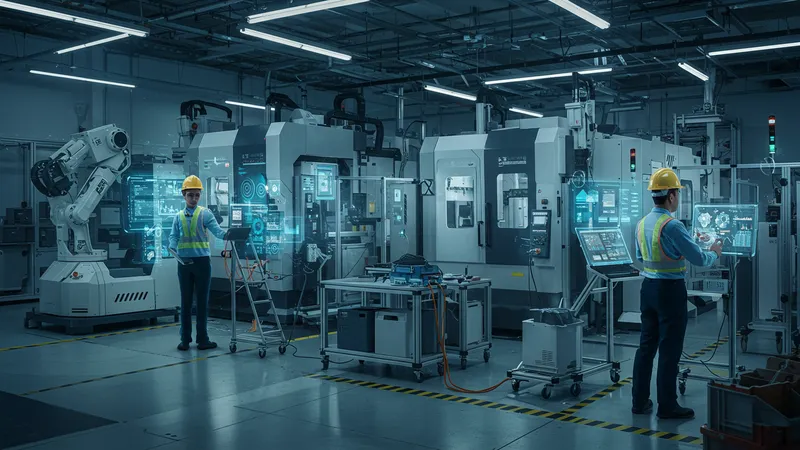
The need for meticulous planning and strategic oversight creates roles that blend skills from IT with traditional manufacturing expertise. Job roles in automation are not just about assembly; they're evolving into strategic roles that oversee, maintain, and improve system efficiencies.
Educational institutions are beginning to adapt, offering courses that align with this shift towards automation. However, the challenge lies in whether the workforce can retrain fast enough to fill the gap left by machines.
But fear not, as this transition isn't about eliminating jobs but transforming them. Embracing change might be daunting, but it opens doors to an era where man and machine flourish together. How will this new blend shape our future? Continue your journey to find out.
The ripple effects of factory automation are not confined to one geography. Remarkably, factories in regions across Asia and Europe lead the charge with cutting-edge technologies, setting benchmarks for others worldwide.

In many developing countries, automation provides a unique leapfrog opportunity, sidestepping traditional industrialization phases by going straight to high-tech solutions. But does this technological leap come with strings attached?
Regulatory differences and economic landscapes shape the pace at which factories worldwide can adopt automation, creating pockets of both rapid advancement and cautious evolution. As more regions embrace these changes, the global industrial sector transforms at an unprecedented pace.
But what of the countries slow to embrace these changes? Will the gap widen, or is there still a chance to catch up? As you explore further, you’ll unveil the global dynamics that promise to redefine international competitiveness.
While efficiency and profit are driving forces in automation, ethical concerns about employment, human rights, and inclusivity can't be ignored. Critics caution about machines taking over the jobs of millions, causing widespread unemployment.
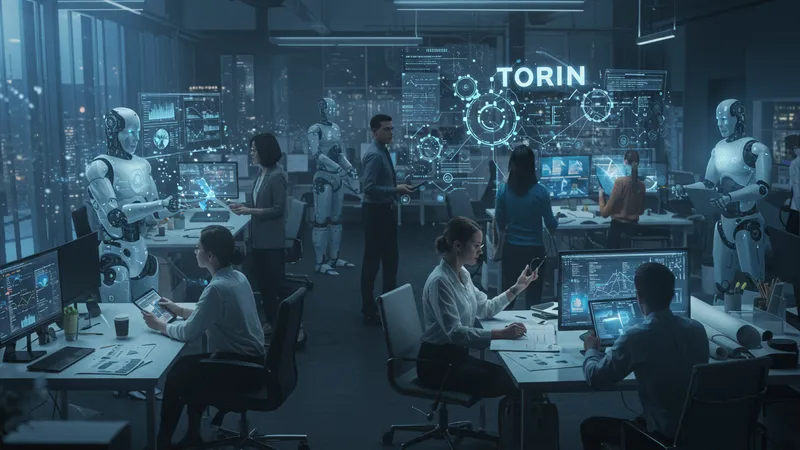
Yet, proponents see automation as a means to offer human workers safer, intellectually rewarding jobs free from drudgery. Automation could potentially unlock human ingenuity for more creative roles, shifting the job paradigm from survival to fulfillment.
The debate also extends into data privacy, with extensive monitoring and data collection raising potential human rights issues. Ethical technology design becomes critical as developers navigate this grey area.
Is automation the savior of industry or a harbinger of societal disruption? Keep reading, as this rollercoaster of a debate reveals more than you might imagine. Prepare for perspectives that will challenge your beliefs about technology and ethics.
One of the most enticing aspects of factory automation is its flexibility. Today's technologies allow for unprecedented levels of customization, enabling businesses to mold automation solutions to their specific challenges and needs.
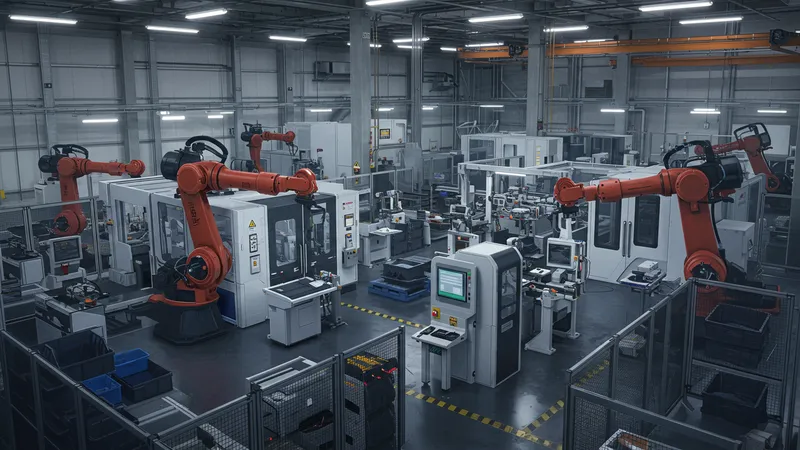
From precision in manufacturing bespoke products to seamless integration within existing structures, custom automation is transforming how companies function. Manufacturers are now able to innovate without the restrictions of traditional methodologies.
This tailoring often involves plugins and modular systems that can be adjusted as needs change, providing the agility to adapt to market fluctuations. In a world that's constantly shifting, such adaptability becomes a competitive edge.
However, with great customization comes complexity. The intricacies of tailored solutions often require a significant understanding of both the technology and the processes involved. Are businesses equipped to handle this new landscape, or is the gap between potential and implementation widening? Continue reading to explore these transformative strategies further.
In the age of automation, data is king. The real-time data streams generated by automated systems enable smarter, more efficient decision-making processes, reducing waste and optimizing performance.
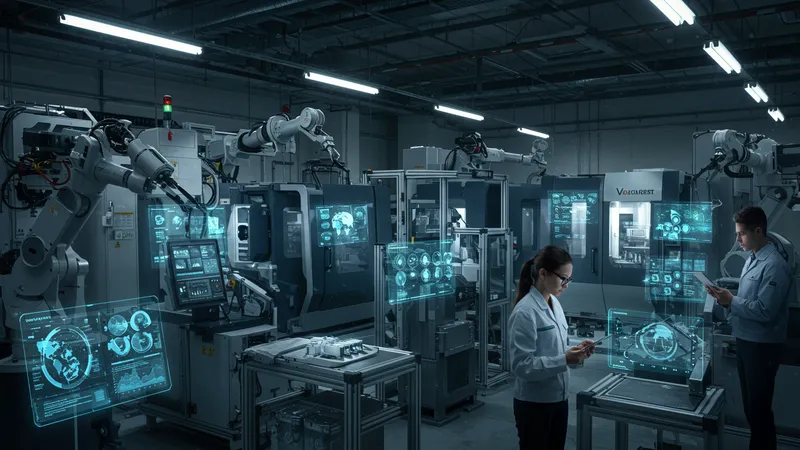
Data-driven insights allow factories to refine their processes on the fly, paving the way for smarter resource management and enhanced product quality. This translates into less downtime and a better bottom line.
Automated data collection also promotes sustainability by highlighting areas where energy consumption or resource use can be cut down without impacting productivity. It's a green dividend that saves not only costs but also the environment.
However, questions about data privacy and ownership remain contentious. As industries become data-dependent, who owns the information, and what are the ethical implications of its use? As you digest more, these questions and their answers will frame the future of digital industry landscapes. The journey continues, traversing uncharted territories of big data and factory life.
In a fascinating twist, the fintech world is bringing crowdfunding to factory automation. This move opens up new financing avenues for small and medium enterprises that lack the capital for high-tech solutions.
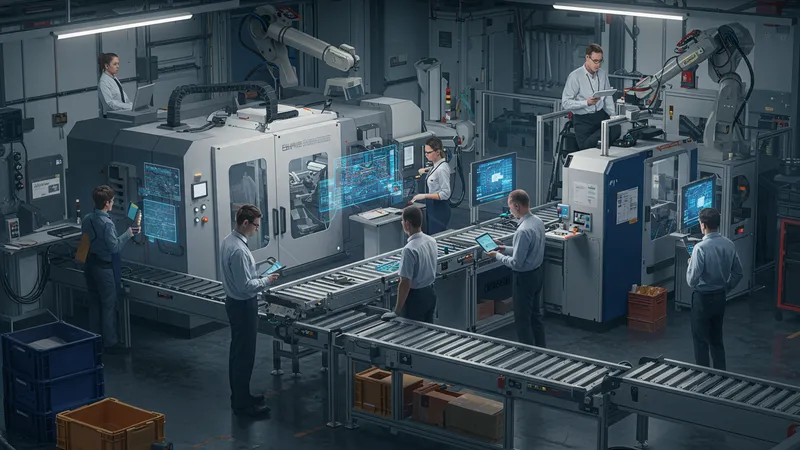
Crowdfunding platforms, traditionally the domain of arts and startups, are increasingly being used to fund automation projects. This democratizes access to technology and enables smaller firms to keep pace with industry giants.
Investors are drawn to these ventures not just for the potential financial returns but also for the thrill of fostering innovation. The allure of being part of the next industrial revolution is a powerful magnet for capital.
Yet, it raises questions about ownership and control. Are these speculative investments hiding risks that could threaten fledgling startups, or is this the game-changer the industry desperately needs? The answers could redefine the mechanics of finance in industry. Read on to find out how this untraditional approach might reshape the future.
As the factory automation landscape continuously evolves, the potential for both progress and pitfalls grows sharper. Companies navigating these uncharted waters find themselves at a crossroads of opportunity and uncertainty. Data security, ethical considerations, and financial implications demand strategic foresight. Embracing this technological tide might seem inevitable, but those who do so with calculated agility will likely steward their sectors into unimagined realms of innovation.
As we gaze into a future filled with endless possibilities, the choices made today will shape industries for generations. Share this journey with others, bookmark it for future reference, and remember: The future is built not just by code and steel, but by the bold visions that dare to follow where the potential leads.